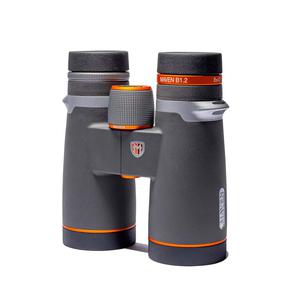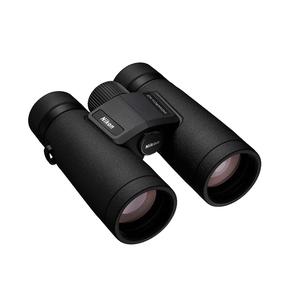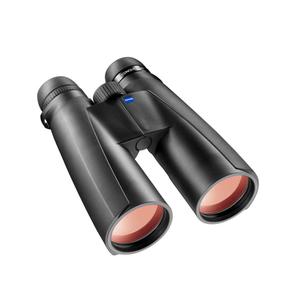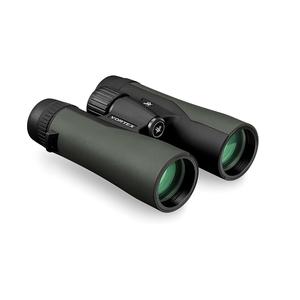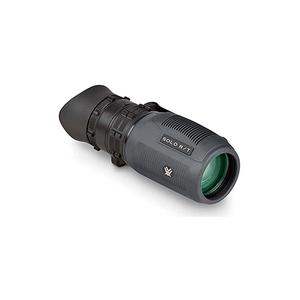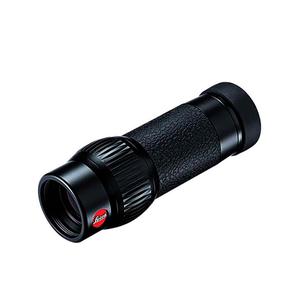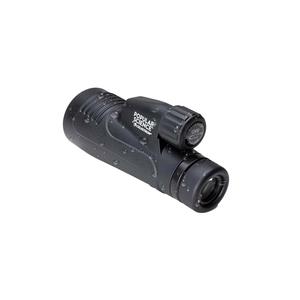Field of View Explained
Have you ever paused to consider the expanse of the world visible through your eyes? Or pondered how optical devices like binoculars and rangefinders alter what you see? What about the diverse ways animals with varied eye structures perceive their environment? These fascinating questions all tie into the concept of the field of view (FOV).
In short: Field of View (FOV) refers to the extent of the observable world that can be seen at any given moment. In the context of vision, it's the area that you can see without moving your eyes or head. In optics, like with cameras or binoculars, it describes the observable area a device can capture. FOV is typically measured in degrees, indicating the angular extent of the observed scene.
- Defining Field of View
- Wide vs. Narrow FOV: A Comparative Overview
- Binocular vs. Monocular Vision: Understanding the Differences
- FAQ about Field of View
Defining Field of View

FOV refers to the extent of the observable world visible through our eyes or an optical device. Typically expressed in degrees for angular FOV, or as a measurement (like feet or meters) at a set distance for linear FOV, it plays a crucial role in our visual perception. For instance, a 6 FOV means viewing a 6 angle of a scene, while a 315-feet FOV at 1000 yards lets you see a 315-feet wide segment of a landscape.
The FOV is shaped by factors like lens size and shape, magnification, eye relief, and object distance. Optical tools, each with unique designs and purposes, offer varying FOVs. Binoculars and rangefinders, for instance, typically provide a broader FOV than rifle scopes, catering to different observational needs. By the way, if you are looking for interesting binocular models, here are our top 4 best binoculars in 2024:
- High-End Performance at Affordable Price
- Ideal for Hunting, Birding, and Wildlife Viewing
- Enhanced Low-Light Performance
- Tack-Sharp Edge-to-Edge Vision with Deep Field
- Compact and Lightweight with Improved Light Transmission
- ED Glass Lenses Minimize Distortion
- Ideal for Birding and Wildlife Observation
- Rubber-Armored, Non-Slip Grip Design
- Waterproof and Fog-Proof for Reliable Performance
- Turn-and-Slide Rubber Eyecups for Eyeglass Compatibility
- HD Lens System for Vivid Imaging
- Best for Birdwatching and Nature Observation
- LotuTec Coatings for Scratch Protection
- Conveniently Placed Focusing Wheel for Easy Use
- Perfect for Stalking Game and Rough Terrain
- Exceptional Clarity and Color Fidelity
- Resistant to Water and Fog
- Eyecups Adjustable for Eyeglass Wearers
- Secure, Non-Slip Rubber Armor
- Includes GlassPak Harness for Easy Carrying
Wide vs. Narrow FOV: A Comparative Overview
A wide FOV opens up a larger portion of your surroundings, aiding in landscape scanning, movement tracking, or wildlife spotting. A narrower FOV, conversely, brings finer details into focus, essential for identifying specific features or precise aiming. However, an inverse relationship exists between magnification and FOV breadth.
Higher magnification narrows the FOV, and a broader FOV typically means reduced magnification. Selecting the right balance depends on specific needs and preferences. Just so you know, if you're in search of some notable monocular options, check out our selection of the top 4 monoculars for 2024:
- 8x Magnification with 36mm Objective Lens
- Fully Multi-Coated Lenses
- R/T Ranging Reticle with Milliradian Measurements
- Compact, Rubber-Armored, and Includes Utility Clip
- Waterproof and Fogproof for Reliable Field Use
- Fits Easily in Pockets, Ideal for Travel
- Functions as Mini-Telescope or Macroscope
- Ideal for Detailed Observation of Small Objects
- Roof Prism with Phase Correction for Clear Images
- Waterproof and Nitrogen-Filled to Prevent Misting
- 12x Magnification with 50mm Objective Lens
- Multi-Coated Lenses and BaK-4 Prisms
- Waterproof, Fog-Proof with Rubber-Armored Build
- Smartphone Adapter and Bluetooth
- Ideal for Various Outdoor Activities, Tripod Adaptable
- Powerful 20x for Detailed Distance Viewing
- Waterproof, Fog-Proof, and Travel-Friendly
- Multi-Coated BaK-4 Glass for Bright, Clear Images
- Easily Capture and Share Observations
- Comfortable Twist-Up Eyecup Design
Binocular vs. Monocular Vision: Understanding the Differences
FOV is also influenced by the type of vision - binocular or monocular. Binocular vision involves two forward-facing eyes with overlapping fields, yielding a three-dimensional view and depth perception. This type is common in humans and many predators, aiding in distance judgment and hunting. Yet, it limits the total FOV, creating blind spots.
Monocular vision, found in many birds, fish, and certain herbivores, involves either a single eye or two side-facing eyes with non-overlapping fields. This results in a broader FOV, beneficial for spotting predators and escaping threats, but at the cost of depth perception and focus.
Humans and predatory animals typically have a binocular FOV of around 180. In contrast, creatures with monocular vision can achieve FOVs up to 360, depending on their eye placement. Here's a table outlining the key differences between Binocular and Monocular Vision:
| Aspect | Binocular Vision | Monocular Vision |
|---|---|---|
| Number of Eyes Used | Two eyes are used, both facing forward. | Either one eye is used, or two eyes that face sideways. |
| Field of View (FOV) | Typically narrower, around 180 degrees. | Generally wider, can be up to 360 degrees depending on the species and eye placement. |
| Depth Perception | Provides strong depth perception due to the overlap of the visual field from each eye. | Depth perception is limited due to lack of overlapping visual fields. |
| 3D Perception | Allows for three-dimensional perception, aiding in gauging distances and the spatial relationship of objects. | Lacks 3D perception, views the world in a more two-dimensional manner. |
| Peripheral Vision | Limited peripheral vision due to forward-facing eyes. | Enhanced peripheral vision, often due to side-facing eyes. |
| Advantages | Aids in activities requiring depth judgment such as hunting, navigating complex terrains, and hand-eye coordination. | Provides a broader view of the surroundings, helpful in detecting predators or threats from various angles. |
| Common in Species | Humans, birds of prey, and most predators. | Birds, fish, and some herbivores. |
| Vulnerabilities | Blind spots on the sides and back due to the narrower FOV. | Difficulty in focusing on a single object and reduced depth perception. |
FAQ about Field of View
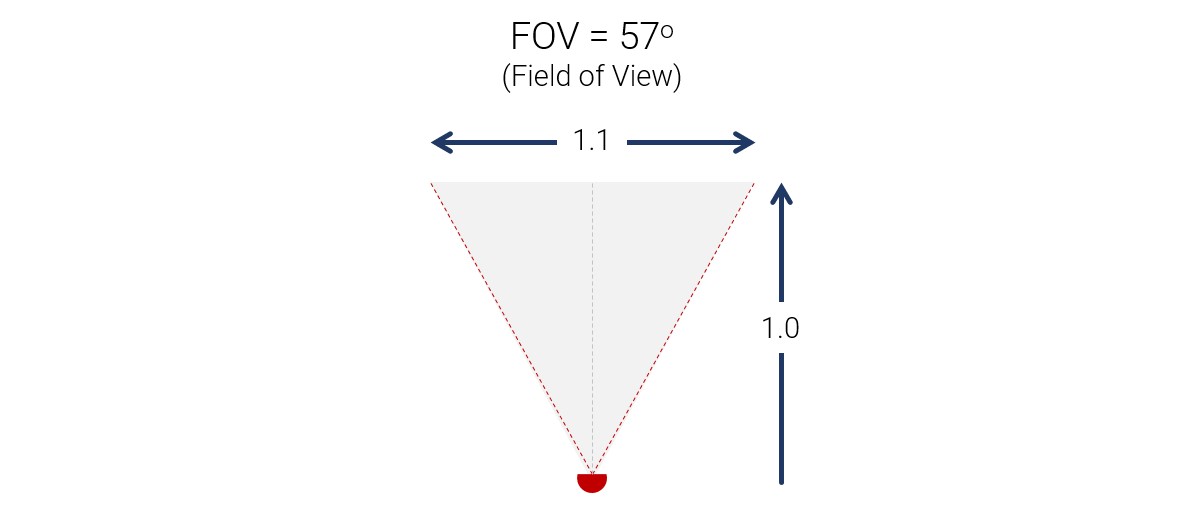
How is field of view related to focal length?
Focal length is the distance from the image plane to the optical center of the lens when the lens is focused at infinity. The focal length determines the magnification of the image and affects the field of view. Generally, the shorter the focal length, the wider the field of view, and vice versa2
What are the advantages and disadvantages of different fields of view?
Different fields of view have different effects on the perception of the scene. A wide field of view can capture more of the surroundings, create a sense of depth and perspective, and emphasize the foreground. However, it can also distort the edges, reduce the apparent size of distant objects, and introduce more lens aberrations.
A narrow field of view can isolate the subject, create a sense of intimacy and drama, and compress the background. However, it can also crop out important details, flatten the depth, and require more distance from the subject.
What is the difference between horizontal and vertical FOV?
Horizontal FOV is the angle of view along the horizontal axis of the image, while vertical FOV is the angle of view along the vertical axis of the image. The horizontal and vertical FOV depend on the aspect ratio of the image, which is the ratio of the width to the height of the image. For example, a 16:9 aspect ratio has a wider horizontal FOV than a 4:3 aspect ratio, given the same diagonal FOV.
Wrapping Up: The Impact of FOV on Vision
FOV is a pivotal aspect of how we and other creatures perceive the world. Influenced by optical device type, magnification, eye relief, and vision style, it shapes our visual experiences. Understanding the nuances of different FOVs and vision types allows us to select appropriate optical tools and appreciate the rich diversity of vision across species.
In conclusion, whether it's through the lens of a binocular or the eyes of different animals, the field of view offers a fascinating window into understanding vision and perception. This exploration not only enhances our knowledge but also underscores the intricate and varied ways in which life on Earth perceives its surroundings.
You may also like:
